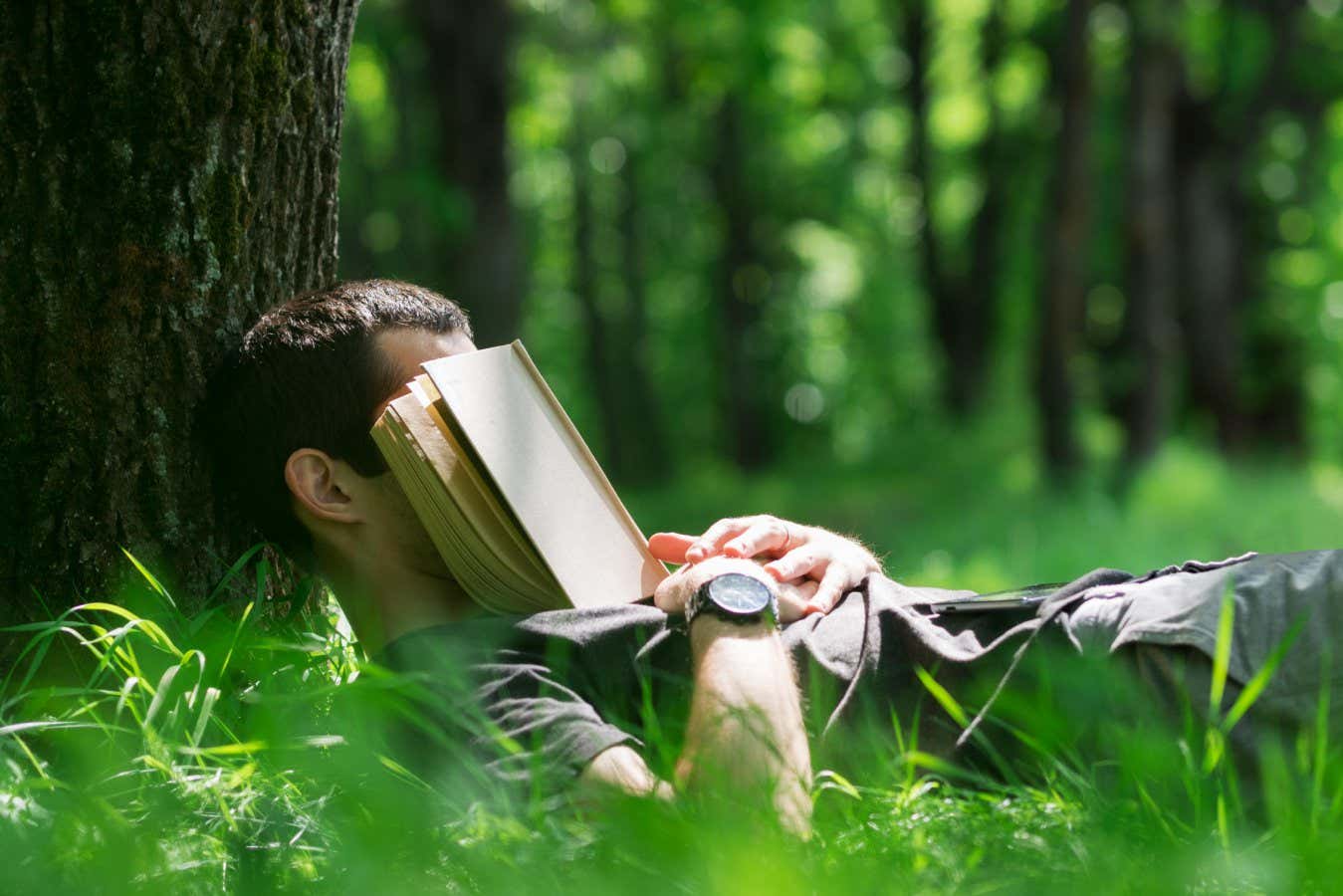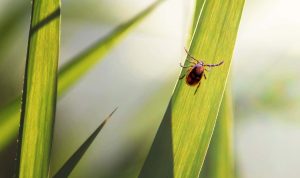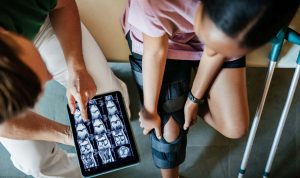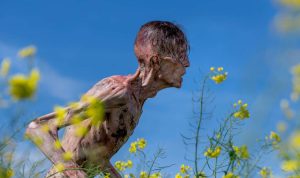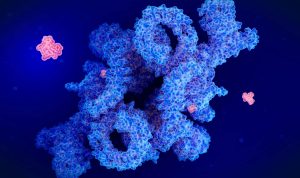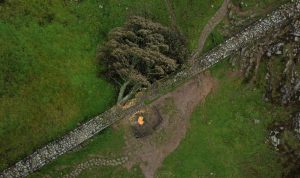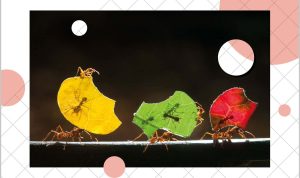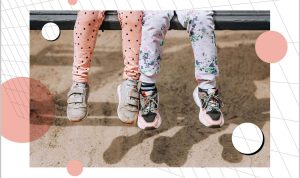After a nap, people who entered the second stage of sleep were more likely to spot a solution to a problem than those who slept lightly or not at all
Taking a nap might help with solving problemsPavel Marys / Alamy
Taking a nap might help with solving problems
Waking up from a deep nap appears to make people better at creative problem-solving.
In a new study, people were more likely to have a “eureka” moment if they had recently entered the second stage of sleep than if they slept lightly or not at all.
Read moreThe surprising relationship between your microbiome and sleeping well
The surprising relationship between your microbiome and sleeping well
The findings suggest that a brief, deep nap can trigger valuable moments of insight, saysAnika Löweat the Max Planck Institute for Human Development in Berlin.
“I think we’re at the very beginning of uncovering what’s actually happening during sleep that makes it so beneficial,” she says. “One possibility is that during deep sleep, our brains sift through what’s relevant and what’s irrelevant, and so when we wake up we have these insight moments that get to the gist of the problem.”
Previous studies have mostly found that naps can boost creativity and help people solve problems, but there is disagreement over which stage of sleep is most beneficial. Several suggest thatthe lightest stage of non-REM sleep, N1, is ideal– an idea embraced by Thomas Edison, who reportedly usedto nap holding steel ballsthat would crash loudly to the floor and wake him up if he drifted too deeply into sleep. But other studies suggest that the deeper N2 stage – still lighter than slow-wave sleep, N3 – triggers more innovation.
Get the most essential health and fitness news in your inbox every Saturday.
To investigate further, Löwe and her colleagues asked 90 people who were aged 18 to 35 and didn’t have a sleep disorder to use a keyboard to classify the direction of motion of hundreds of rapidly flashing dot patterns on a screen. The researchers didn’t inform the participants that the dots’ colours gradually began to predict the correct answer partway through the task.
Fifteen participants spontaneously figured out the shortcut during the first 25 minutes of the task. The remaining 75 were invited to lie down for a 20-minute nap in a quiet, dark room, while hooked up to EEG monitors that tracked their brain activity.
How best to catch up on rest and pay off your sleep debtIf you've missed out on sleep, it is possible to catch up. But is it better to try to do it all in one go or spread out over time – and is it really so bad to sleep in at the weekend?
How best to catch up on rest and pay off your sleep debt
If you've missed out on sleep, it is possible to catch up. But is it better to try to do it all in one go or spread out over time – and is it really so bad to sleep in at the weekend?
After the nap, they tried the tasks again. This time, most of the participants figured out the shortcut from the colours, but the likelihood of a eureka moment appeared to depend on how deeply the people had napped. Among the 68 participants whose EEG data permitted high-quality readings, 85.7 per cent of people who fell into deep N2 sleep figured out the shortcut, compared with only 63.6 per cent of those who only reached the lighter N1 phase and only 55.5 per cent of those who didn’t slip into sleep at all.
The study clearly shows that deeper sleep facilitates eureka moments – at least for this particular task, saysItamar Lernerat the University of Texas at San Antonio. “The type of task used is critical forwhether it is boosted by sleep or not.”
Delphine Oudietteat the Paris Brain Institute notes that different task designs could explain why her team found significantly more problem-solving after N1 sleep. “Maybe both sleep stages matter, but for different types of cognitive processes that we have to isolate to understand better,” she says.
Björn Raschat the University of Fribourg, Switzerland, says the findings clearly support the idea that deeper sleep may support problem-solving. Even so, he cautions that the study’s design makes it hard to separate cause from coincidence. Because participants weren’t randomly assigned to sleep stages or studied individually across different sleep scenarios, it is possible that those who managed to fall asleep in an IKEA armchair at a research lab might just happen to be those who “simply have higher insight capabilities”, especially after a nap, he says.
What sleep scientists recommend doing to fall asleep more easilyHelping yourself get to sleep isn’t just about avoiding screens before bedtime. From cognitive shuffling to sleep-restriction therapy, columnist Helen Thomson finds out what actually works
What sleep scientists recommend doing to fall asleep more easily
Helping yourself get to sleep isn’t just about avoiding screens before bedtime. From cognitive shuffling to sleep-restriction therapy, columnist Helen Thomson finds out what actually works
Journal reference:PLOS BiologyDOI: 10.1371/journal.pbio.3003185
PLOS BiologyDOI: 10.1371/journal.pbio.3003185
Receive a weekly dose of discovery in your inbox!
We'll also keep you up to date withNew Scientistevents and special offers.

